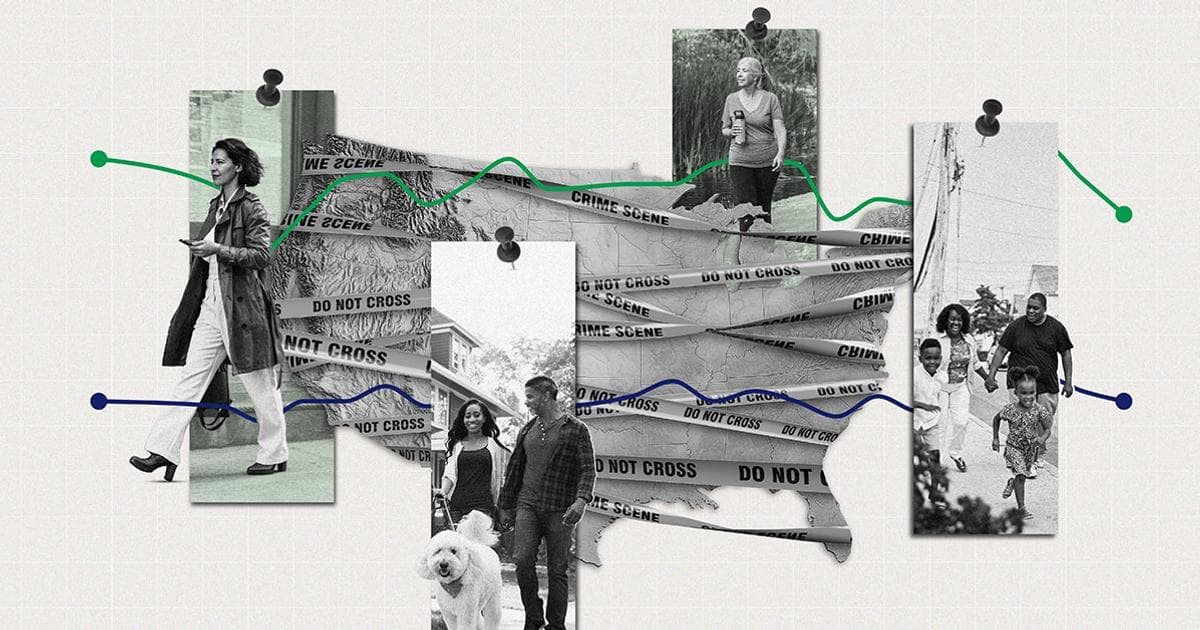Partisan Divide Widens in Perceptions of U.S. Crime Trends

A significant partisan divide continues to shape how Americans perceive crime rates, with Republicans and Democrats often holding opposing views depending on the party in the White House. This trend, highlighted by research firm Gallup, indicates that political affiliation can heavily influence public opinion on national crime, often irrespective of actual crime statistics.
Katrina vandenHeuvel recently pointed out this phenomenon, stating, "According to data from the research firm Gallup, which publishes an annual survey on crime perceptions, Republicans were more likely to believe crime was rising during the Barack Obama and Joe Biden presidencies than under George W. Bush or Donald Trump. The reverse was true for Democrats." This observation underscores a long-standing pattern in U.S. public opinion.
Gallup's recent October 2025 poll further illustrates this, showing that fewer than half of those surveyed believe crime is rising nationally, the lowest proportion since 2001. However, this decline in perceived rising crime was largely driven by Republicans, who tend to shift their views under new presidential administrations. The sitting president's party affiliation can be a stronger predictor of perceived safety than actual crime data.
This partisan gap is particularly pronounced at the national level. While perceptions of national crime are heavily influenced by political lenses, the partisan divide largely disappears when Americans are asked about crime in their local areas. Both Republicans and Democrats show little difference in their views on local crime, suggesting that direct experience plays a more significant role in local perceptions.
Experts note that actual crime rates do not fluctuate dramatically with changes in presidential administrations. The shifting views on national crime reflect a subjective reality, often influenced by political narratives and media framing, rather than solely objective changes in crime incidence. This dynamic can significantly impact policy preferences and public discourse, even when detached from official crime data.